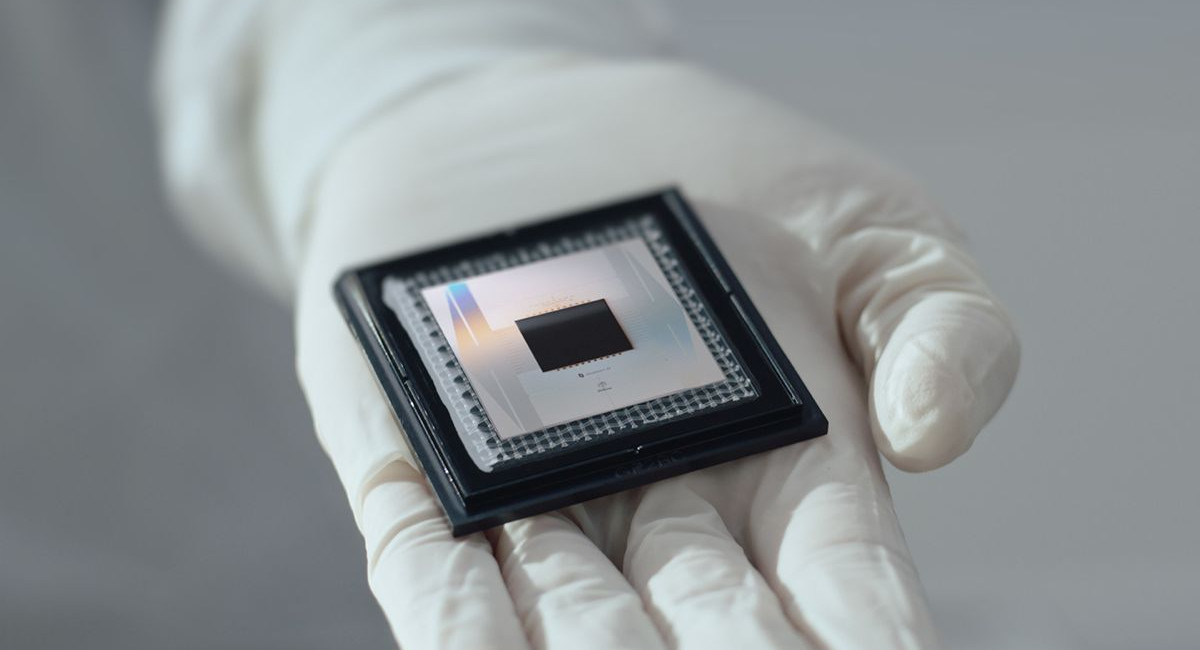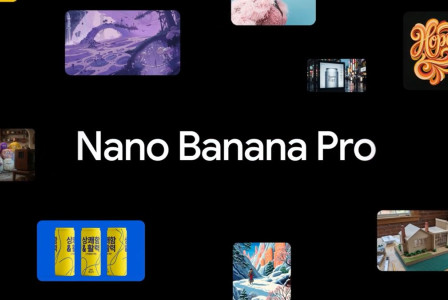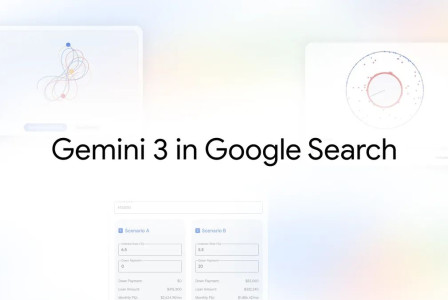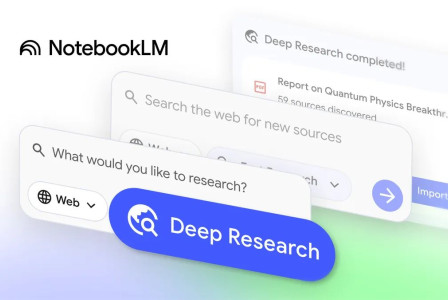SEARCH
Google’s Quantum Echoes marks a major step toward real-world Quantum Computing

SHARE IT
Google announced research showing that, for the first time in history, a quantum computer can successfully execute a verifiable algorithm on hardware—outperforming even the fastest classical supercomputers (by 13,000 times). It can compute the structure of a molecule and pave the way for real-world applications. Today’s breakthrough builds on decades of work and six years of significant achievements.
In 2019, Google demonstrated that a quantum computer could solve a problem that would take the fastest classical supercomputer thousands of years. Then, late last year (2024), the new quantum chip Willow showed how to dramatically suppress errors, solving a major challenge that had puzzled scientists for nearly 30 years. This discovery brings us closer to quantum computers that can drive major discoveries—in fields such as medicine and materials science.
Imagine you’re trying to find a lost ship at the bottom of the ocean. Sonar technology can show you a blurry shape and tell you, “There’s a wreck down there.” But what if you could not only find the ship but also read the nameplate on its hull?
That’s the kind of unprecedented precision Google has just achieved with its quantum chip Willow. On October 22, Google announced a major algorithmic breakthrough marking a significant step toward the first real-world application. Google has just published its research in Nature, presenting the first verifiable quantum advantage by running the Out-of-Time-Order Correlator (OTOC) algorithm, which it calls Quantum Echoes.
Quantum Echoes: A Verifiable Quantum Advantage
The Quantum Echoes algorithm is useful for learning about the structure of systems in nature—from molecules to magnets and black holes. Google demonstrated that it runs 13,000 times faster on Willow compared to the best classical algorithm running on one of the world’s most powerful supercomputers.
In a separate proof-of-principle experiment, Quantum computation of molecular geometry via many-body nuclear spin echoes (to be posted later today on arXiv), Google showed how its new technique—a kind of “molecular ruler”—can measure greater distances than today’s methods, using Nuclear Magnetic Resonance (NMR) data to gain more information about molecular structures.
This marks the first time in history that a quantum computer has successfully executed a verifiable algorithm that outperforms supercomputers.
Verifiability in quantum computing means that the result can be repeated on Google’s quantum computer—or on any other of similar class—yielding the same answer and confirming the outcome. This reusable, super-classical computation forms the foundation for scalable verification, bringing quantum computers one step closer to practical applications.
This new technique works like a highly advanced speaker: the company sends a carefully designed signal into its quantum system (a qubit on the Willow chip), then precisely reverses its evolution to “listen” to the echo that comes back.
This quantum echo is special because it is amplified through constructive interference, a phenomenon where quantum waves add up and become stronger—making the measurement extremely sensitive.
The implementation of the Quantum Echoes algorithm is made possible thanks to advances in the Willow chip’s quantum hardware. Last year, Willow demonstrated its power with the Random Circuit Sampling benchmark, a test designed to measure the maximum complexity of a quantum state.
The Quantum Echoes algorithm represents a new kind of challenge—it simulates a physical experiment. This means the algorithm tests not only complexity but also accuracy in the final computation. That’s why Google calls it “quantum verifiable”—its results can be compared and confirmed by another quantum computer of similar quality.
To deliver both precision and complexity, the hardware must have two key characteristics: ultra-low error rates and high-speed operations.
Toward Real-World Applications
Quantum computers will play a key role in modeling quantum-mechanical phenomena such as atomic and particle interactions, and the structure (or shape) of molecules. One of the tools scientists use to understand chemical structure is Nuclear Magnetic Resonance (NMR)—the same science behind MRI technology.
NMR acts as a molecular microscope, powerful enough to reveal the relative positions of atoms, helping us understand molecular structure. Modeling the shape and dynamics of molecules is fundamental to chemistry, biology, and materials science. Advances in this area can drive progress in fields ranging from biotechnology and solar energy to nuclear fusion.
In a proof-of-principle experiment in collaboration with the University of California, Berkeley, Google ran the Quantum Echoes algorithm on the Willow chip to study two molecules—one with 15 atoms and another with 28 atoms—to validate the approach.
The results on Google’s quantum computer matched those of traditional NMR and revealed information that is typically not accessible through NMR, providing critical validation of the method.
Just as telescopes and microscopes opened up new, previously invisible worlds, this experiment represents a step toward a kind of “quantum-scope” capable of measuring phenomena that were previously unobservable.
NMR enhanced by quantum computers could become a powerful tool for drug discovery, helping determine how potential drugs bind to their targets. It could also aid materials science, characterizing the molecular structure of new materials—such as polymers, battery components, or even the materials that make up the quantum bits (qubits) themselves.
Nuclear Magnetic Resonance (NMR), the spectroscopic cousin of MRI, reveals molecular structure by detecting the tiny magnetic “spins” at the centers of atoms. Google’s Quantum Echoes algorithm showcases the potential of quantum computers to effectively model and uncover the complex interactions of these spins—possibly even across large distances. As quantum computation continues to mature, such approaches could enhance NMR spectroscopy, expanding its powerful toolkit for drug discovery and advanced materials design.
MORE NEWS FOR YOU

 Help & Support
Help & Support 

